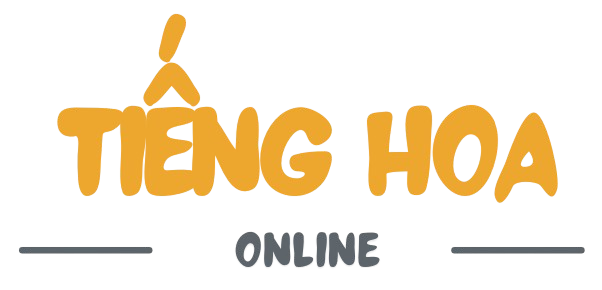American motorcycle culture symbolizes an intricate blend of nonconformity and brotherhood, rooted in the aftermath of global conflicts. Evolving from wartime machinery to cultural icons, two-wheeled machines emerged as vehicles of personal freedom, transporting both countercultural ideals alongside corporate commodification[5][10][17].
## Historical Foundations https://usabikers.net/
### WWII Veterans and Motorcycle Clubs
American rider ethos crystallized amid the disorientation of returning WWII veterans. Military personnel familiar with the camaraderie of unit life pursued alternative communities, resulting in early rider groups like the Market Street Commandos and Hells Angels precursors[5][13][17]. Harley-Davidson and Indian motorcycles, which demonstrated reliability, evolved from tactical vehicles to identity markers, fostering brand loyalty that persists today[5][11].
The notorious “American Motorcycle Association riot” catapulted motorcycle clubs into national consciousness, as a massive gathering overwhelmed the small California town, resulting in property damage and arrests. This controversy solidified the antisocial motorcyclist image within media narratives, despite the majority constituting organized racing enthusiasts[10][13][17].
## Prominent Riding Associations
### Rebels and Regulators
Established in 1924 originally functioned as the regulatory authority over organized motorcycle sports. However, the association’s discriminatory membership rules—prohibiting non-white participants for decades—fueled the creation of alternative groups eschewing mainstream motorcycling norms[11][13].
The “Big Four” motorcycle gangs emerged as key players within this alternative landscape:
1. Founded 1948 in California[2][3][10]
2. “God Forgives, Outlaws Don’t” adherents[3][10][13]
3. Pagans MC[8][10]
4. Texas-born international network[3][10]
These groups function via strict hierarchical structures including clearly defined officer positions, while clubhouses often serving as symbolic territorial markers[10][13]. Despite media portrayals of lawlessness, many chapters participate actively in charitable initiatives like toy runs and disaster relief[8][10][15].
## Shaping American Identity
### From Silver Screen to Fashion Runways
The motorcycle rider image infuses national entertainment, from Hollywood’s rebellious archetype in *The Wild One* through modern reality TV franchises. Such widespread influence appears through:
– Apparel styles: Leather jackets, bandanas, and riding boots commercialized by retailers such as [4][12][4][12]
– Soundtrack associations: Cross-genre musical connections embracing biker aesthetics
– Written narratives: Hunter S. Thompson’s *Hell’s Angels*[1][6]
Recent sociological analyses emphasize the paradoxical duality of modern biker culture: simultaneously eschewing societal norms yet remaining heavily commercialized through brand partnerships like Harley-Davidson’s apparel lines[1][7][12].
## Contemporary Landscape and Challenges
### Riding Through 2025
The motorcycle event calendar continues as a cornerstone of US motorcycling tradition, featuring 2025’s major rallies such as:
– Daytona Bike Week (Florida)[7][15]
– Historic Black Hills convergence[7][15]
– Southwestern desert meetup[7]
Developing phenomena reshape the community:
– Increasing female participation through groups like Women in the Wind
– Digital adaptation with GPS-guided rides and social media communities[7][15]
– Environmental consciousness advocating sustainable riding practices[15][17]
Legal and ethical debates continue, particularly regarding:
– Outlaw club violence and law enforcement strategies[10][13][17]
– Responsible sponsorship models despite gambling industry ties[8][17]
– Commercial exploitation issues regarding biker imagery in mainstream fashion[4][12]
## Conclusion
American biker culture stands at a historical crossroads, balancing its rebellious origins against modern corporate influences. As contemporary riders embrace technological advancements and virtual networks, the core ethos of freedom and brotherhood endures—manifesting in inclusive memberships and progressive values. Future developments will likely see increased regulatory scrutiny and continued cultural relevance, guaranteeing the perpetual role of two-wheeled culture in America’s social fabric[5][10][17].
